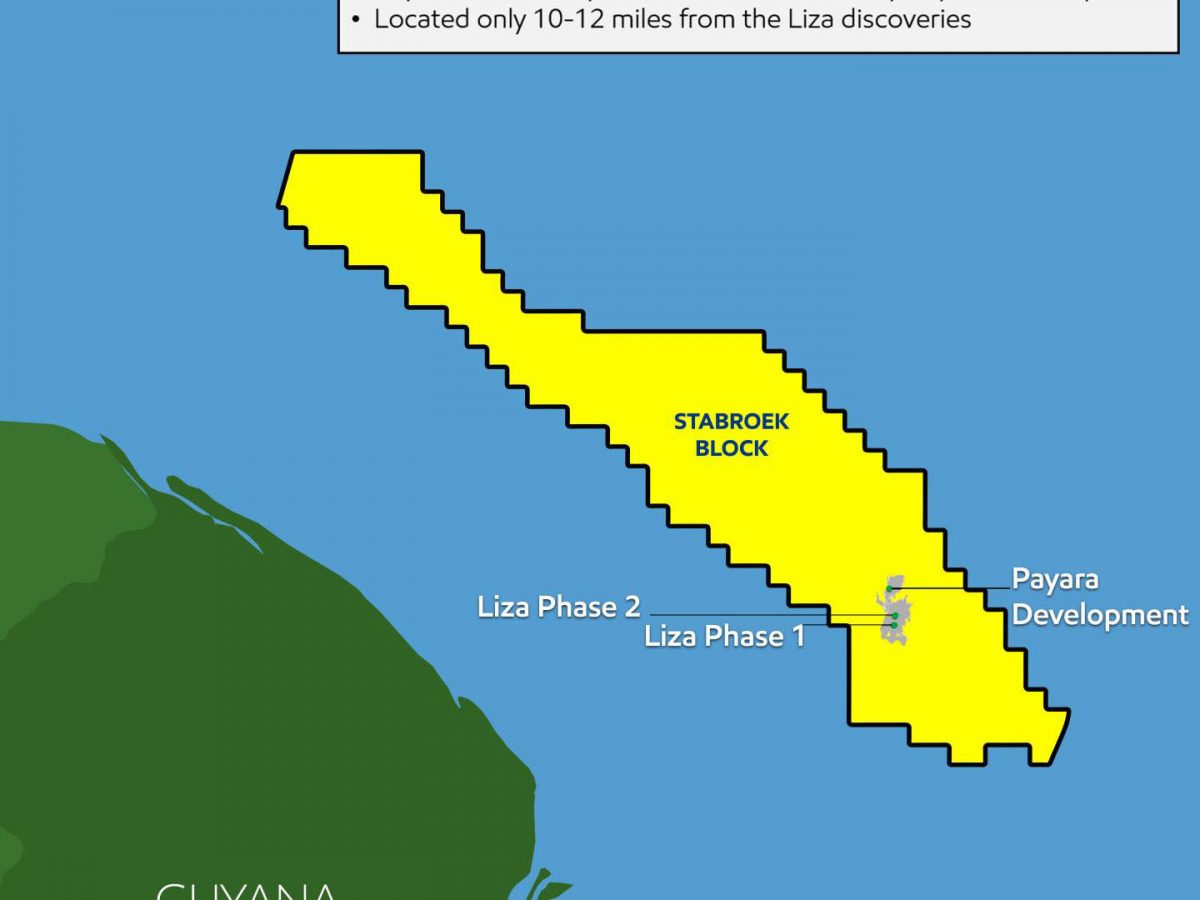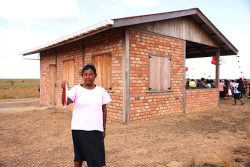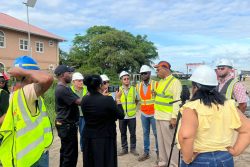The Petroleum Production Licence granted to Esso Exploration and Production Guyana Limited (EEPGL) for its Payara project allows for flaring for up to 60 days upon the startup of the operations while allowing it free rein to undertake and submit its own research studies on the effects of the release of reservoir water.
There is also ambiguity in the language used pertaining to insurance liability for oil spills and other disasters, where coverage is left subject to the interpretation of what the company terms “customary in the international petroleum industry”. Additionally, both the production licence and environmental permit distances parent company ExxonMobil from liability commitments as the language is clear that EEPGL is referred to as the Permit Holder.
While the licence agreement was signed on Wednesday, September 30th, the Environmental Permit was signed on September 24th.
Government said Wednesday’s signing was done to stay within the company’s timeline for investment commitments and to avoid the risk of this country not being afforded the large investment opportunity.
Government pointed to reduced flaring, a 60-day determined start-up period and studies on the impact of reservoir water dumping as achievements compared to other agreements.
“There are fines and penalties for flaring. EPA will fine EEPGL for excessive flaring. We understand there must be flaring at start up but it would not be for lengthy periods we see. EPA is going to fine the company and then the government is going to put monetary penalties for the wastage of the gas also. Our intention is to bring the gas to shore in another two or three years from now. Payara will be a big boost so we don’t have this issue,” Minister of Natural Resources Vickram Bharrat told Stabroek News.
Routine flaring
The Petroleum Production Licence states routine flaring of gas by the Licensee is strictly prohibited without approval. It adds that flaring is only permissible under the following conditions defined in the Licensee’s Environmental Permit: (a) Commissioning and Start-up: the Licensee shall not exceed sixty (60) days of flaring during Start-up; and (b) Special circumstances, including: 1) Emergencies; ii) Maintenance; iii) Restart, or as allowed under the Environmental Permit or approved by the Environmental Protection Agency.
In the United States, “48 cumulative hours” is given for startup or more only through “regional supervisor” approval, according to its environmental laws and this is emphasised by the Bureau of Safety and Environmental Enforcement and the Bureau of Ocean Energy Management, which are watchdog government agencies.
But while the start-up period is made clear in Guyana’s Payara production licence, there isn’t any such time stipulated for commissioning.
“Commissioning shall be defined as the process of ensuring that all systems and components are designed, installed, tested, operated and maintained according to the operational requirements or the manufacturer’s specifications. This condition shall also apply to the commissioning of any new units or systems post-production, or the renovation of existing units or systems, which may require flaring. During commissioning, all gas systems must be properly installed, fully leak tested and able to receive gas before start-up,” the licence agreement states.
Attributing commissioning problems to its large volume of flaring, ExxonMobil has flared over 10 billion cubic feet of natural gas and continues to flare at 15 million cubic feet without giving commitment as to when it will end.
The company has missed its promised August 10th deadline and it is still unclear when flaring offshore in the Stabroek Block will cease.
“As regards flaring, we have encountered additional challenges with a gas compressor. Our teams are working tirelessly to resolve these issues. Despite this latest setback, we have significantly reduced flaring as we safely progress commissioning of other parts of the gas compression system on the Liza Destiny Unfortunately, restrictions associated with the COVID-19 pandemic continue to impact our ability to bring key workers and equipment into the country, thereby slowing the progress of related activities. We are currently limiting oil production and injecting or using more than 85% of the associated gas produced from the reservoir with two of the three gas handling systems online. Once the full system is commissioned, we will increase oil production to full capacity and only a pilot flare will remain for safety,” ExxonMobil’s Public and Government Affairs Advisor Deedra Moe said in late August.
180 days
As it pertains to produced water at the project, the document says that EEPGL must within 30 days of the environmental permit submit to the Minister and EPA for approval terms of reference for a study detailing “the costs, benefits and feasibility of implementing a system for the re-injection of the produced water, save and except in defined unavoidable situations, as the primary disposal methods; and the minimization of the effects of discharging produced water into the ocean in keeping with accepted international standards.” When the minister approves the terms of reference, EEPGL has 180 days to complete the final study.
On the issue of water dumping, the minister had explained the reason for allowing treating the water before dumping it into the ocean. “Water, gas and crude comes from the wells. The water can be reinjected but that is very costly. Exxon is taking the crude, the cost for reinjection is very expensive and we would have had to bear fifty per cent of that cost. So we looked at developed countries where the development and the depth is similar to ours and what it is that is practiced in first-world countries, to treat to international standards. So they have to do that. We set out also that the EPA must be allowed at all times to test that water,” he assured.
During the stipulated time of the study, EEPGL, according to the agreement, must meet with the minister or his representatives, no less than every 30 days, to provide updates on the progress of the study and hold discussions of issues raised so that agreements could be reached.
It is unclear why the studies are being commissioned after the granting of the licence and environmental permit.
Also unclear and likely to raise questions will be which expert, both at the EPA and for government, will oversee the process and analyze the periodic submissions and issues raised during the course of the study.
It was the EPA’s Head Dr. Vincent Adams who had first raised concerns about the reservoir water dumping and had asked the company to show, through research, that there would be no impact on ocean and marine life.
Adams had also proposed a “tightening of the legal language” in the permit as it pertains to flaring so that periods of start-up flaring do not run into several months, while saying that it was unacceptable.
He had said that claims must be fact and research-based as he believes that it is vital to the future generations of this country and by extension the world that the environment must be protected.
Amid the negotiations for the Payara licence, the government sent Adams on leave. His being sent on leave was seen as a bid to ensure that the licensing agreement would go ahead as planned since Adams had taken a strong line on Exxon as it relates to environmental matters.







